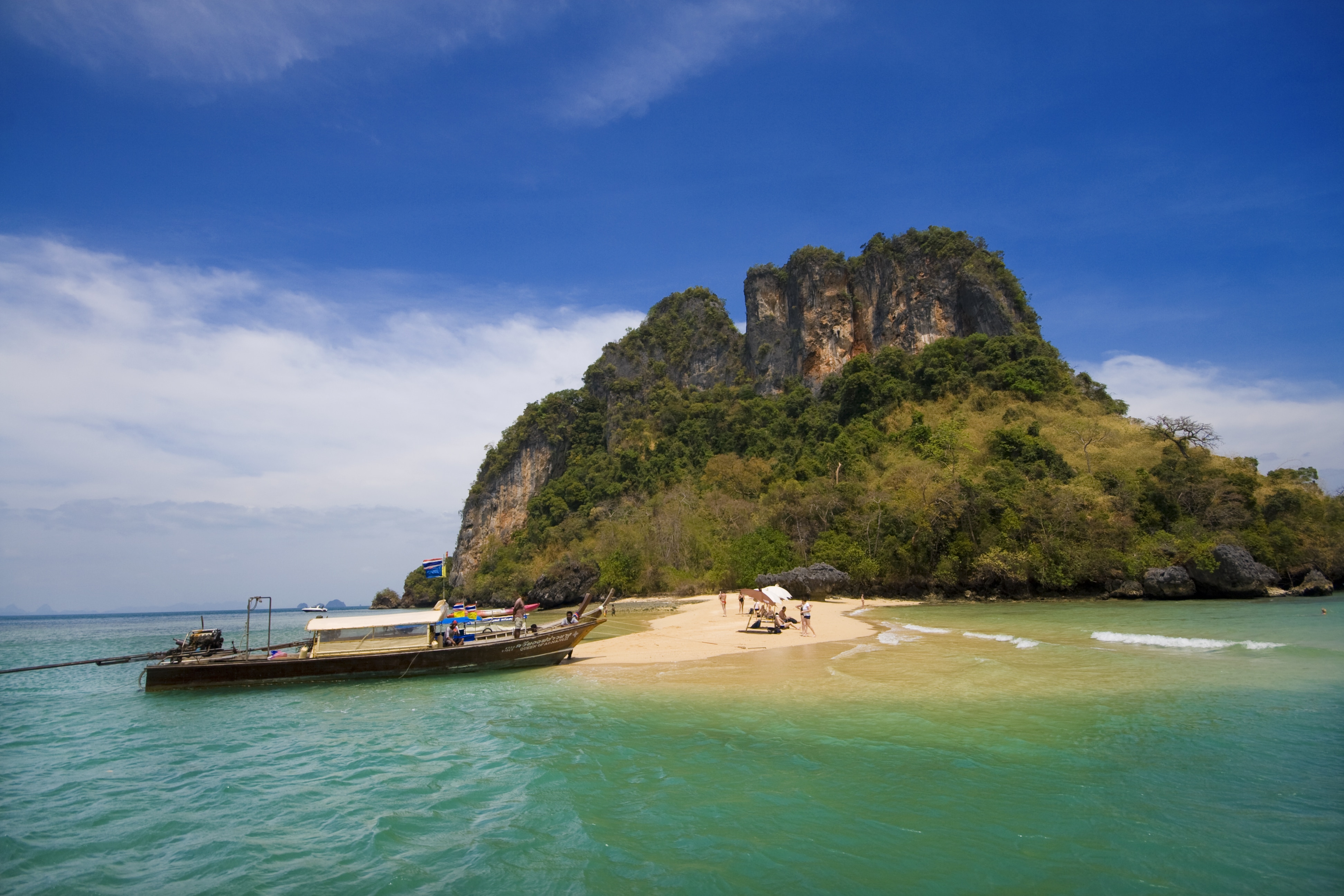The Maldives, located just south of the Lakshadweep Islands, is an archipelago consisting of 26 natural atolls and approximately 1,190 coral islands. The islands are made up of coralline sand and have a very low elevation, with an average height of only 1.5 meters (4.9 feet) above sea level.
The coral reefs in the Maldives are diverse and form an integral part of the island's ecosystem. They are home to a variety of marine life and play a crucial role in protecting the islands from erosion. The physical setting of the Maldivian atolls varies from open structures with numerous islands, faros (ring-shaped reefs), patches, and knolls in the atoll lagoon and around the rim to almost closed structures with few lagoons, knolls, and patches.
However, these coral reefs face threats due to climate change and human activities. Corals are mined and used for construction purposes in the Maldives¹. Coral blocks are extracted from shallow reef flats at 1-2 meters depth, with the help of iron bars to break up the living coral. This practice, while providing construction materials, can cause significant damage to the coral reefs and the marine ecosystem they support.
Efforts are being made to restore and protect the coral reefs in the Maldives. For instance, the Maldives is planning to establish one of the world's largest Mineral Accretion Technology (MAT) coral nurseries. Once fully operational, the nursery will cover one hectare of ocean and propagate 50,000 coral fragments every year. Additionally, guests at certain resorts can participate in coral regeneration programs by collecting still living, but broken coral fragments from the seabed and attaching them to special coral tables around the island's waters.
Tags:
Science

